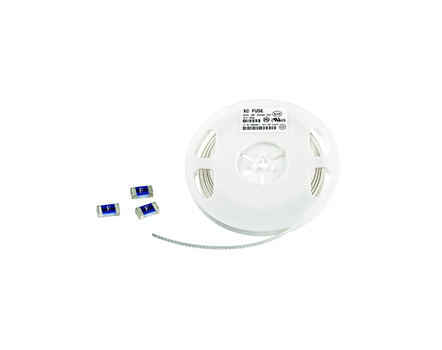
A general fuse is composed of three parts: an electrode, a support body, and a melt, while an explosion-proof fuse also has an arc extinguishing device. This type of fuse not only protects the circuit with a high fault current, but also has a high voltage at both ends when the melt melts. Often, the melt has melted (melted) or even vaporized, but the current is not cut off. The reason for this is that at the moment of melting, under the action of voltage and current, Arc pulling occurs between the two electrodes of the fuse. This arc extinguishing device must have strong insulation and good heat absorption, and be negatively charged. The arc extinguishing equipment has a unique arc extinguishing ability. The most important arc extinguishing agent among them includes a composition composed of SiO2 and chloride salts.
Because when using fuses, especially miniature fuses, when the fault current is too high or the short circuit is disconnected, a powerful arc will be generated on them, which will generate instant high temperature. At this time, arc extinguishing agents are needed to extinguish the arc. The main function of SiO2 in the arc extinguishing agent is to instantly absorb the heat of the arc, avoiding the ions generated by the arc from being pulled out due to high temperature conditions, and the action of chloride salts when the arc is generated, Chloride salts will decompose at high temperatures due to the arc, while absorbing arc heat, further reducing their destructive effect. In addition, chloride ions will be generated after the decomposition of chloride salts, which have a good arc extinguishing effect when neutralizing the ions generated by the arc.
Read recommendations:
motorcycle blown fuse symptoms
Surface Mount Fuses.motorcycle fuse block with relay
What are the types of Thermal cutoff.thermal protector recessed light